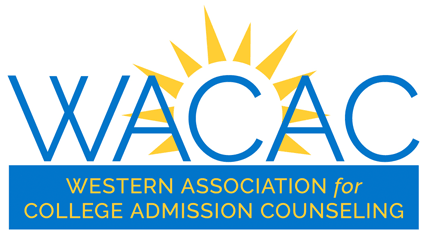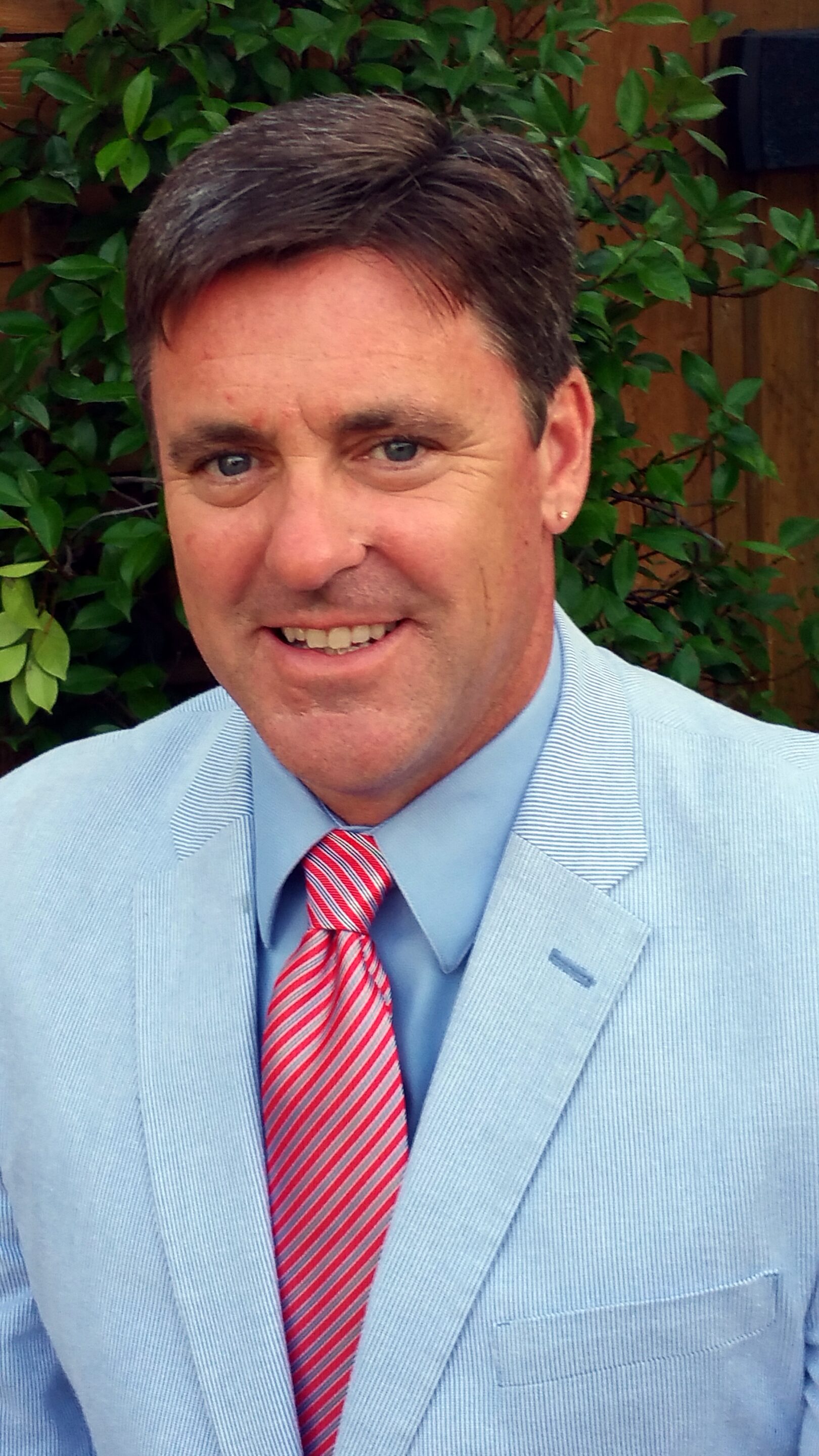By Ed Devine
“May your choices reflect your hopes, not your fears.” – Nelson Mandela
May 1, the sacred day of our profession. It marks what some think a finish line, an end point to a quest, the culmination to the 12-16 month college search. This sacred day when the searcher finds revelation and closure in the biggest decision of his or her young life. As we who have passed this milestone know, this is not the finish of a project, but the start of self-discovery.
The four weeks prior to May 1, April, mark the dramatic power shift that swings from the college/university side to the student. At this point, even the high school and independent counselors move to the passenger’s seat. The final choice falls squarely into the laps of the searcher. Of course, they will still hear coaching (said with air quotes) from family, friends, counselors and in reflection on what they have learned during the search. But the final choice must singularly be made by the student.
Throughout the courtship between student and college/university, we build an intense relationship with ever progressing commitments becoming deeper and deeper throughout the months. From an internet poke, to a deeper read of institutional literature and websites, then a progression to a campus visit, a decision to apply – to face acceptance and rejection. As the student progresses through the funnel, March brings a slew of yield events and activities. The courtship faces a final decision that only the searcher can make, and only one choice can be selected. This progression to finding fit among the 3,500 colleges and universities in the US, or even the 17,000 worldwide, concludes with a leap of faith selection that seemingly will have life-changing consequences.
“Two road diverged in a yellow wood…Then I took the other, as just as fair…”
Are we training students properly for these four weeks in April? Have they exercised, or ever used, the decision-making muscle? In 2012, UCLA’s Higher Ed Research Institute discovered 23 reasons college freshman (important note that they surveyed students already on campus) cited for choosing their college/university (annual report.)
The success of the college search really is predicated on the assembling and grooming of the college list. Finding the equity in reach/target/likely balanced lists that now must include prognosis on where the student will receive strong financial aid and scholarship offers. Students commonly cite location, size, cost and ultimately “fit” as the keys to their final decision. I am sure none can work cleanly through the top 23 reasons cited above in check-list fashion to claim their match.
The key is to teach students to think about the realities of that final decision that will be made in April. The idea of beginning with the end in mind can help students enter the search knowing they will be empowered, in the end, with the final decision.
And, what about the often told tale, that the searcher often sums up the entire process with the simple revelation about their chosen institution, that “it just felt right.” There is no short cut to that gut feeling. It deservingly takes 12-16 months of search by a human who is toting around a still-developing brain. And, the search, often as life teaches us, is more important than the journey. Consider a study that found that the anticipation and planning for a vacation is often more fun than the actual vacation itself according to an article in the Huffington post referencing a 2010 study.
After that long journey, the inward search, the risk of rejection, how odd, that often times, the first communication a student gets, post May 1, from their school of choice is addressed “Dear Member of the class of 2020.”
“Wait! What?” a student might exclaim. “After this long courtship, my soul-searching decision to choose you among so many wonderful suitors, and you can’t even remember my name?”
Bad transition practice from admission to student life – yes. An abandoning of technology (if mail merge is still considered technology) – yes. It is an odd time for institutions and students alike as the roster of enrolling students is transferred from admissions to student life. And, maybe a sign. A sign that the relationship must start anew. We knew each other while dating, now, we are moving in together. Time to build a deeper, more committed relationship.
Use this awkward transition as a moment to train students for what lies ahead, their college experience. All students will face the post May 1 reality that the path they have chosen (the college/university) is now a path they will travel, for the most part, alone. It is the start of the journey that will ultimately mark their transition from adolescence into young adulthood.
Every April, I am crushed by the “break-up” emails sent by students informing me that they have chosen another school. Of course, I worry about our enrollment numbers, as it is my job to deliver a class to the college. Yet, it is the break-up between the student and my institution that is personal and a blow to the gut in late April. I have so much respect and appreciation for a well-written, close the relationship, email from a student who is informing me of their decision to attend another school.
Hi Mr. Devine – how are you? I wanted to thank you and Lafayette for considering my application and for the offer of admission. I greatly enjoyed getting to know you and Lafayette during this process. I was fortunate enough to get into several outstanding small liberal arts colleges. It was a very, very tough decision that I really struggled with and, in the end, I chose to attend Another College (AC). I was able to spend 3 weeks at AC last summer doing research for a professor and that opportunity coupled with family ties in the AC area lead to my ultimate decision. Perhaps that was an unfair advantage for AC. I am grateful to have had a choice and only wish that I could somehow attend both AC and Lafayette. Thank you again for everything. Sincerely, Successful College Searcher ‘16
Well played young searcher, I am proud to have had some time in your journey to college. I am pleased that your well-informed search has left you with great options and ultimately a decision you can claim as your own. I am confident you have made your decision from a place of hope for your future.

